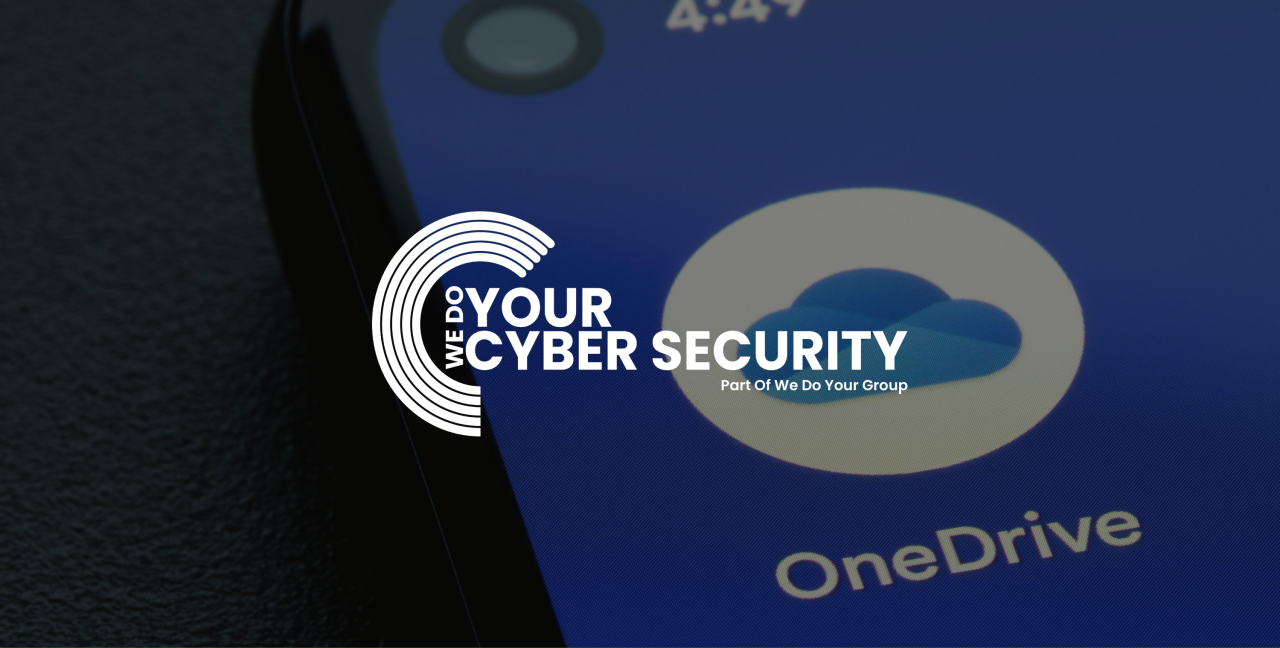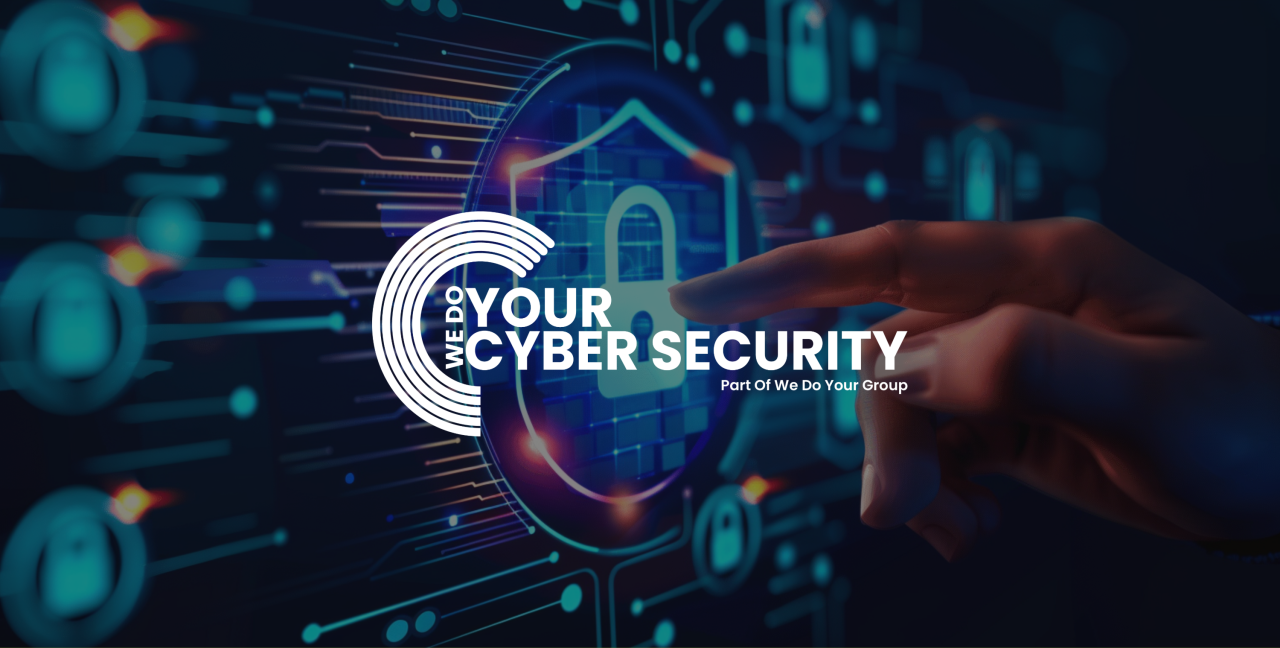
Mastering Digital Defences: Keys to Protecting Your Apple Ecosystem
5 Common iPhone Scams and How to Avoid Them
In the digital age, where smartphones become extensions of our lives, it’s crucial to stay mindful of scams targeting iPhone users. Alongside phishing attacks like MFA bombing, which cunningly flood devices with misleading notifications, it’s vital to protect against stolen devices. These scams exploit system vulnerabilities, risking security breaches. By adopting vigilant practices like enabling an Apple Recovery Key, securing your Apple ID password, Face ID, and Touch ID, you fortify your defence. Stay informed, cautious, and proactive to outsmart cybercriminals and safeguard your digital footprint.
The Rise of MFA Bombing: What You Need to Know
In today’s technological landscape, Multi-Factor Authentication (MFA) is widely regarded as a preventative measure against unauthorised access to personal accounts and sensitive information. However, a new breed of cyberattack known as MFA bombing has emerged, targeting this very security mechanism. This tactic involves overwhelming the user with a barrage of authentication requests, hoping to exploit a moment of fatigue or confusion, thus, tricking individuals into granting access to protected accounts. This form of attack highlights a critical vulnerability and underscores the importance of being constantly vigilant. Adopting additional security measures, such as the Apple Recovery Key, understanding the nature of such phishing scams, incorporating random email addresses, ensuring mail privacy protection, updating the iPhone passcode, and securing the operating system are essential steps in fortifying your cyber resilience.
Navigating Multi-Factor Fatigue: Tips for Protecting Your iPhone
In a world where our iPhones hold the keys to our digital lives, it’s crucial to stay ahead in cybersecurity. Multi-Factor Fatigue, an emerging threat, takes advantage of the constant authentication requests to exhaust users, creating a vulnerability for cybercriminals. To tackle this challenge effectively, it’s vital not only to react but also to proactively equip yourself with knowledge and tools. Leveraging Two-Factor Authentication, Face ID, Touch ID, third-party apps, and other security features is key. Activating an Apple Recovery Key serves as a robust defence mechanism. Enable two-factor authentication, using biometric authentication like Face ID and Touch ID, and avoiding weak passwords, and you can not only reduce the noise of constant notifications but also enhance the security fortress around your digital assets. Stay vigilant, stay informed, and remember, the security of your Apple ID is in your hands. Don’t forget to explore the app privacy report, manage ad tracking, secure your weather app data, ensure stolen device protection, make the most of Apple services, and prioritise privacy protection.
Don’t Click ‘Allow’! Apple’s Password Reset Feature Targeted by Phishing Attacks
In a concerning shift, cybercriminals are now honing in on Apple’s password reset feature, using it in phishing attacks. These scams flood the user’s device with repeated password reset requests, pushing you to tap ‘Allow’. This is a critical moment for exploitation, where one mistake could unwittingly expose your personal data. Stay vigilant and informed; remember that legitimate sources like Apple won’t ask for this without your consent. Taking proactive measures, like enabling an Apple Recovery Key and securing your Apple ID, can reduce risks from phishing attempts and protect your data. Keep an eye out and use security features like ‘Notification Center’ and ‘Lock Screen’ to stay ahead of cyber threats. Utilise ‘Face ID’ and the ‘Mail App’ to manage your mail activity securely. To safeguard your information, adjust your device’s settings and monitor mail tracking for any suspicious activity.
The Danger of Masquerading Scammers: How to Spot Fake Apple Support Calls
With the sophistication of phishing scams reaching new heights, it’s crucial to recognise the guise under which these fraudsters operate. One such deception involves unsolicited calls from individuals claiming to be Apple Support. These callers often request personal information or verification codes, banking on the trust Apple users have in the brand. However, it’s essential to remember that Apple’s protocol does not include calling customers for personal information without a prior request. To safeguard yourself against these tactics, always verify the identity of the caller and remember that any legitimate organisation, including Apple, will respect your right to security and privacy. Empower yourself with awareness and caution to dodge the pitfalls set by these masquerading scammers. Remember to utilise Touch ID, set up a recovery contact, ensure secure access to your Apple account and services, and stay vigilant with control center, text messages, missed calls, and your iPhone settings.
Stay Ahead of the Game: Enabling Apple Recovery Key for Added Security
In the ongoing battle against cyber threats, keeping ahead involves equipping yourself with the most effective tools at your disposal. The Apple Recovery Key is one such robust security feature in your arsenal. A proactive measure towards enhanced security, the Recovery Key serves as an additional layer of protection for your Apple ID, ensuring it stays secure even in the event of other security details being compromised. This feature not only strengthens your defences against phishing attacks, like MFA bombing and unsolicited password reset attempts but also shows a dedication to safeguarding your personal information against the most cunning of cybercriminals. Don’t forget: activating your Apple Recovery Key is a simple process that provides long-term peace of mind in the digital world, within the settings menu. This additional security feature helps keep your Apple ID secure, even in the face of data breaches, with a security delay for added protection.
The Importance of Being Proactive: How to Prevent MFA Bombing and Phishing Scams on Your iPhone
In our rapidly evolving digital world, the saying “prevention is better than cure” rings true. Adopting a proactive stance towards cybersecurity, including familiarising yourself with cybercriminal tactics, regularly updating security settings, and utilizing features like Apple Recovery Key, can help prevent MFA bombing and phishing scams. Stay vigilant by leveraging tools like ‘tap change passcode’, ‘gain access’, ‘security settings’, ‘two-factor authentication’, ‘mail privacy protection’, and ‘Face ID’. By equipping yourself to thwart attacks before they occur, you enhance your digital defences. Remember, iPhone security relies not only on technological safeguards but also on your vigilance. Stay ahead by cultivating a proactive cybersecurity culture, safeguarding your digital world against unwelcome intrusions.
Stay Ahead of the Game: Utilizing Touch ID and Recovery Contact for Enhanced Apple Security
In the arsenal of tools available for safeguarding your Apple devices, Touch ID and Recovery Contact stand out as formidable layers of security. Touch ID offers a personal, impenetrable key to your device, ensuring that only you can gain access with a simple touch. It’s a seamless blend of convenience and security that not only simplifies your daily routines but also fortifies your defenses against unauthorised access attempts. Meanwhile, setting up a Recovery Contact is akin to having a trusted ally in your security strategy, one that can help regain access to your account, should you ever get locked out. These methods showcase not just Apple’s commitment to your security, but also empower you to take control of your digital wellbeing, confidently securing your device with the latest in biometric technology and support systems. Together, Touch ID and Recovery Contact provide a double layer of defence, making it significantly harder for cybercriminals to breach your personal sanctuary, ensuring that your digital life remains both accessible to you and fortified against threats.
Taking Charge of Your Digital Security: The Role of Proactivity and Awareness
In today’s interconnected world, taking charge of your digital security has become paramount. The fusion of proactivity and awareness, along with allowing access to iCloud Private Relay and keeping up with iOS updates, forms the bedrock of effective cybersecurity measures. It’s not just about reacting to threats as they emerge, but also about anticipating potential vulnerabilities, fortifying your digital defences against them, and addressing compromised passwords through the notification center. By staying informed about the latest phishing techniques and adopting proactive strategies, you not only safeguard your personal information from cybercriminals but also cultivate a mindset that values security as a priority. This proactive approach, coupled with a keen awareness of the cyber-threat landscape, equips you to navigate the digital world with confidence and resilience, ensuring your private information remains just that—private.


